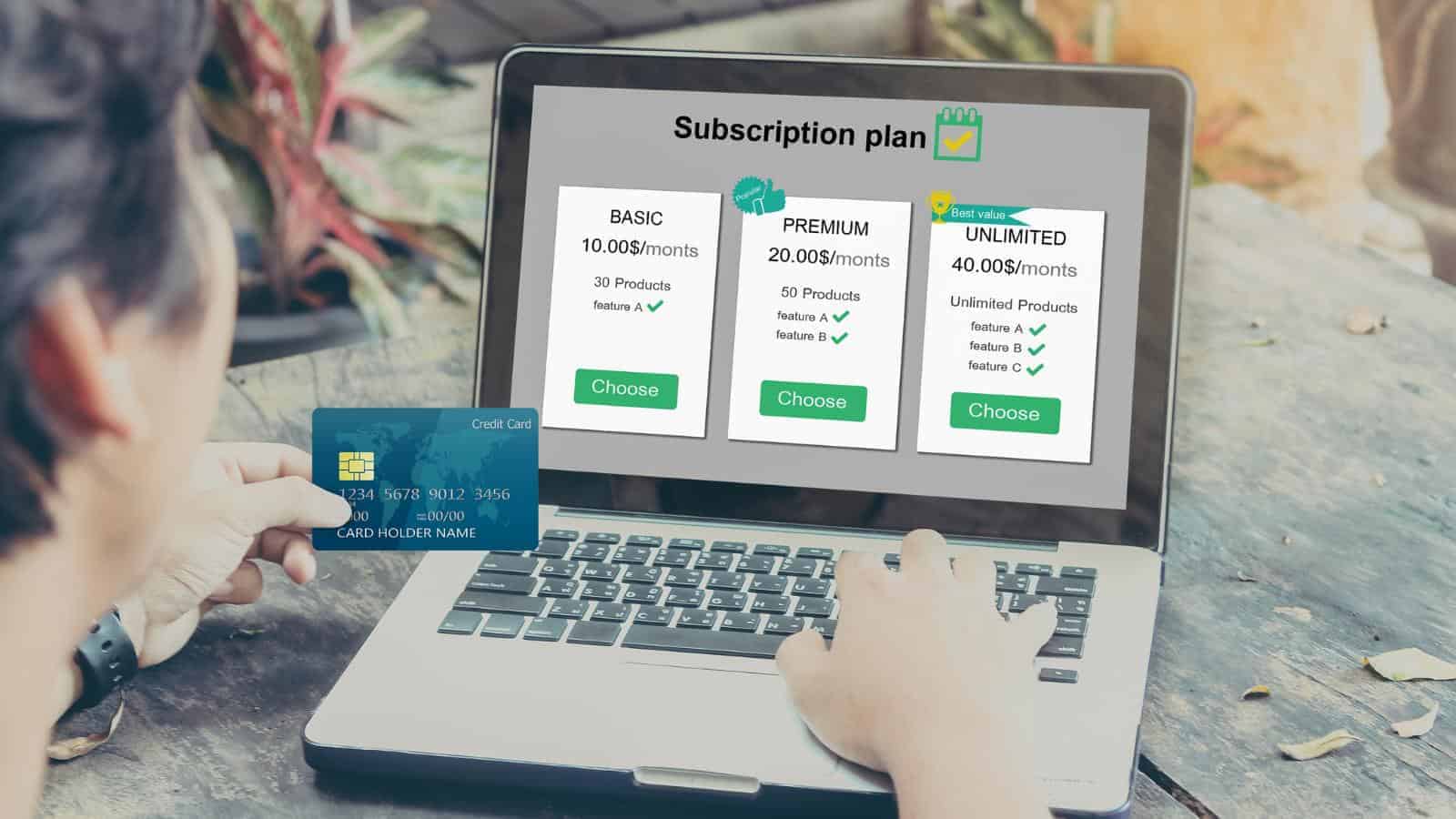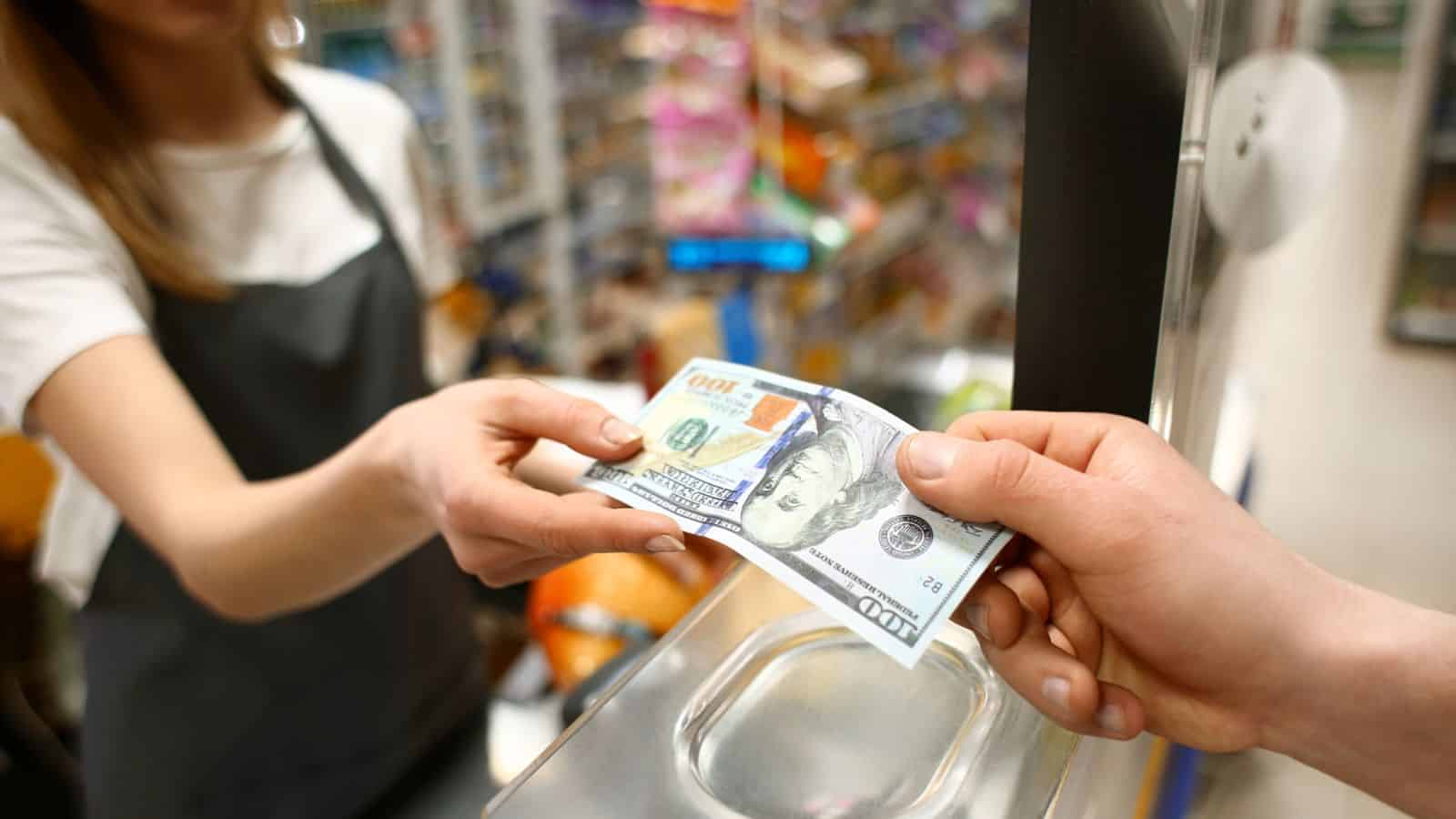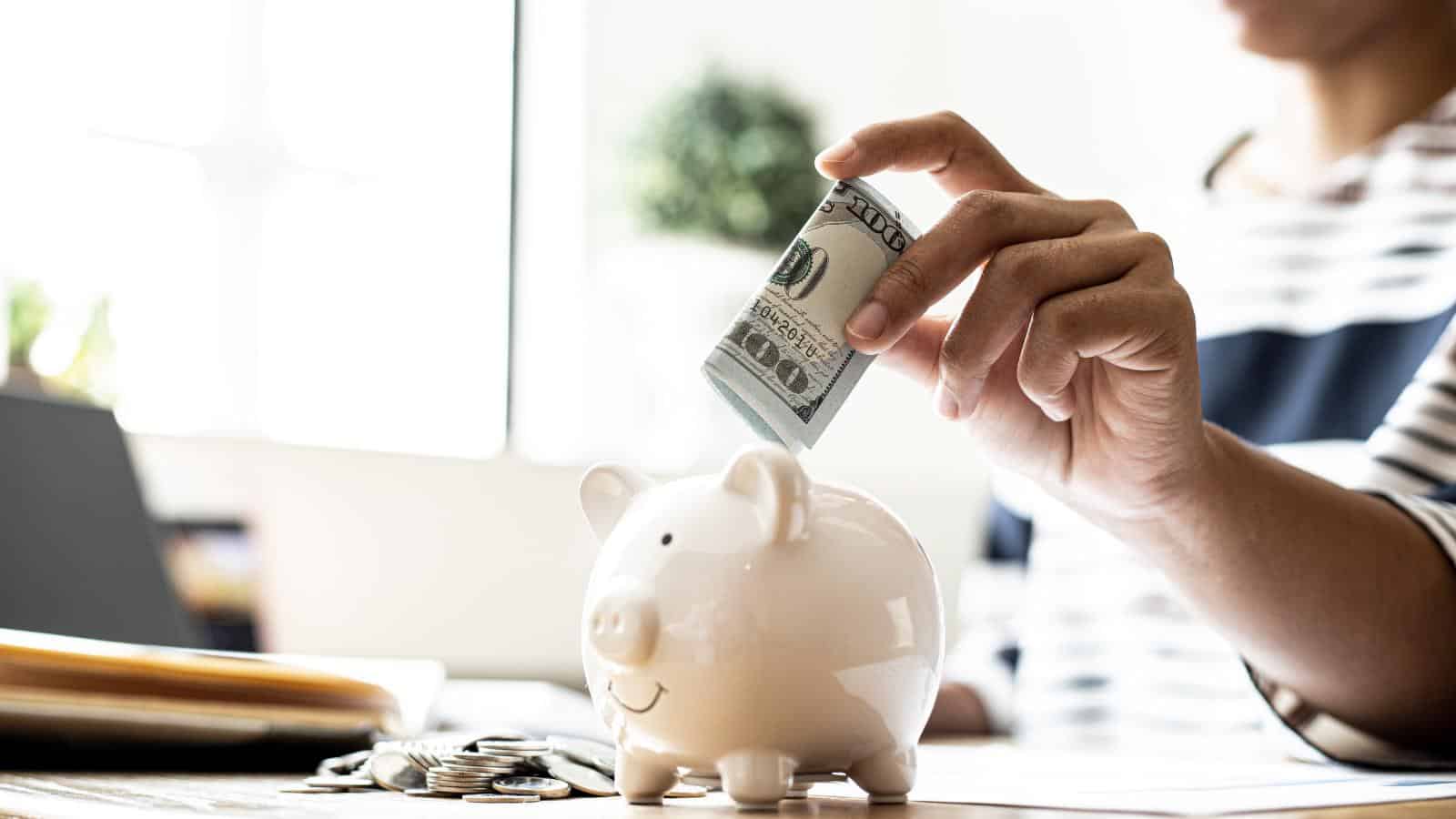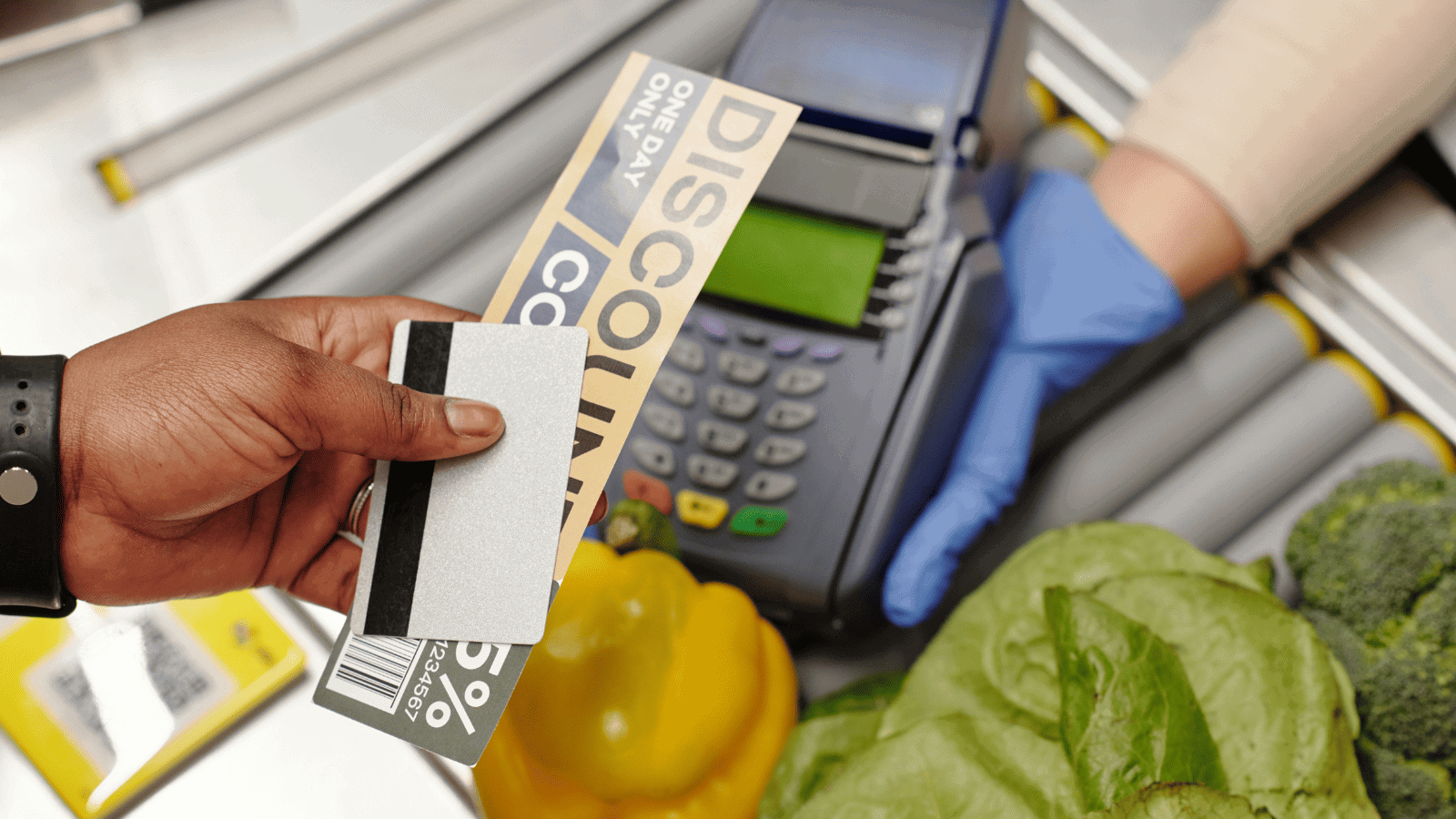While a lot of people think you need to make huge lifestyle changes to save money, that’s not actually true. Even just a few little tweaks to your daily habits can make a big impact on how much cash you have left at the end of each month. Here are a few simple tricks that can help you save big.
Track Your Spending

Something people often overlook is the importance of knowing exactly where your money is going every month. This is the first step to saving more, so find yourself a good budgeting app or notebook you can use to track every dollar spent.
Once you see the patterns—like impulse snacks or unnecessary subscriptions—it’s a lot easier to make changes and save money.
Cut Back on Takeout

We can all find ourselves tempted by a quick and easy takeout every now and then, but those $15-$30 meals can really add up fast. Cooking at home just a few more nights each week can end up saving you hundreds of dollars over time.
Cancel Unused Subscriptions

If you have old subscriptions you forgot about long ago, you’re not alone. But the problem is that these streaming services, gym memberships, or apps can add up and cost you a surprising amount of money over time. This is why it’s a good idea to review your bank statements, check for any unused subscriptions, and cancel them.
Pay With Cash

A simple trick we can all use to save more money is paying in cash. Many financial advisors say that this makes you less likely to impulse buy and more likely to stick to your budget. So, why not try withdrawing a set amount of cash for the week and use it for everyday expenses? You may be surprised at how much less you spend.
Automate Your Savings

Another great idea is to treat savings like any other bill by automating it. You can set up a recurring transfer to your savings account each payday, even if it’s just $10 or $20. Over time, this “set it and forget it” method really adds up without you even noticing any money’s missing.
Bring Your Own Drinks and Snacks

Sure, grabbing bottled drinks or snacks when you’re out may seem like no big deal, but it adds up over the month. It’s a much better option to keep a reusable water bottle and a few snacks in your bag or car if you want to avoid impulse buys. Plus, cutting back on bottled drinks is better for the environment too.
Skip the Brand Names

We’re a lot more likely to buy brand-name groceries simply because we know and trust them, but that doesn’t actually mean they’re superior. Most store brands are just as good, if not identical, and cost a whole lot less.
Swapping out a few items on your shopping list can save you a surprising amount every month.
Plan Your Grocery Trips

This may sound like a strange one, but walking into the store without a list makes it a lot easier to overspend. On the other hand, if you plan your meals for the week and write a detailed shopping list before heading out, you’re less likely to make those impulse purchases and keep yourself on budget.
Use Coupons and Cash-Back Apps

We should all be taking advantage of coupons, discounts, and cash-back apps when we’re shopping for groceries or other everyday purchases. Apps like Rakuten or Ibotta give you money back for things you’d be buying anyway. Small savings like these add up quickly when you use them a lot.
Shop Second-Hand

If you think thrift stores are full of old, poor-quality options, think again. Thrift stores, consignment shops, and online marketplaces are all amazing places to find bargain deals on quality clothing, furniture, and even things like electronics. Plus, buying second-hand gives these items a second life and is significantly better for the environment too.
Pack Your Lunch for Work

If you’re spending $10-$15 on lunch every workday, you could easily be sending $200 or more a month straight down the drain. An easy way to fix this is by packing your own lunch—even if it’s just leftovers or a simple sandwich. This can save you a significant amount, especially if you make it a regular practice.
Avoid Credit Card Interest

If you carry a balance on your credit card, you may have discovered that high-interest charges can quickly eat away at your budget. While it might feel difficult, it’s important to focus on paying off your credit card balance in full each month to avoid extra fees. If that’s not possible, just prioritize paying down the card with the highest interest rate first.
Unplug Devices You’re Not Using

Most of us have many different gadgets and appliances in our homes these days, so it’s no wonder our electricity bills can be so high. Unplug any chargers, coffee makers, and other devices when you’re not using them. It’s a small habit that can significantly lower your energy costs over time.
Use Public Transportation or Carpool

If you own a car, you’ll know how expensive it can be even if you don’t use it that much. Gas, parking, and maintenance all add up over time. If you have access to public transportation or can carpool with coworkers, you should consider taking advantage of it, as this can save you a lot more than you may expect.
Buy in Bulk (When It Makes Sense)

For a lot of things, like toilet paper, rice, or cleaning supplies, buying in bulk can save you a good amount in the long run—if you’ll actually use them. It’s also important to avoid bulk-buying any perishables that may go to waste.
Set Spending Limits for Gifts

As you probably know, gift-giving can get really pricey, especially during holidays and birthdays. This is why you should set a realistic spending limit for gifts and stick to it, especially if saving is a priority for you. Remember that handmade gifts, thoughtful notes, or experiences can be just as meaningful.
Compare Prices Before You Buy

Before you make any big purchase, you should always take a moment to compare prices online or in different stores. You’d be surprised how much prices can vary for exactly the same product. Make use of price comparison apps or wait for sales if you want to stretch your dollars further.
Make Coffee at Home

You may have noticed just how expensive some coffee places can be these days, and a $4 daily coffee run ends up costing you over $100 a month. Instead, you might want to consider investing in a good quality coffee maker or French press.
Delay Impulse Purchases

A great little rule to use when you see something you “have to have” is to wait 24 hours before buying it. Giving yourself that little extra time can help you decide if it’s a true need or just another impulse buy. More often than not, the urge to buy fades, and you’ll keep that money in your wallet instead.
Review Your Bills for Hidden Fees

Finally, we recommend taking a close look at your monthly bills for hidden fees, unnecessary services, or price hikes. A quick call to your service providers to negotiate better rates or switch to cheaper plans can make a big difference.
